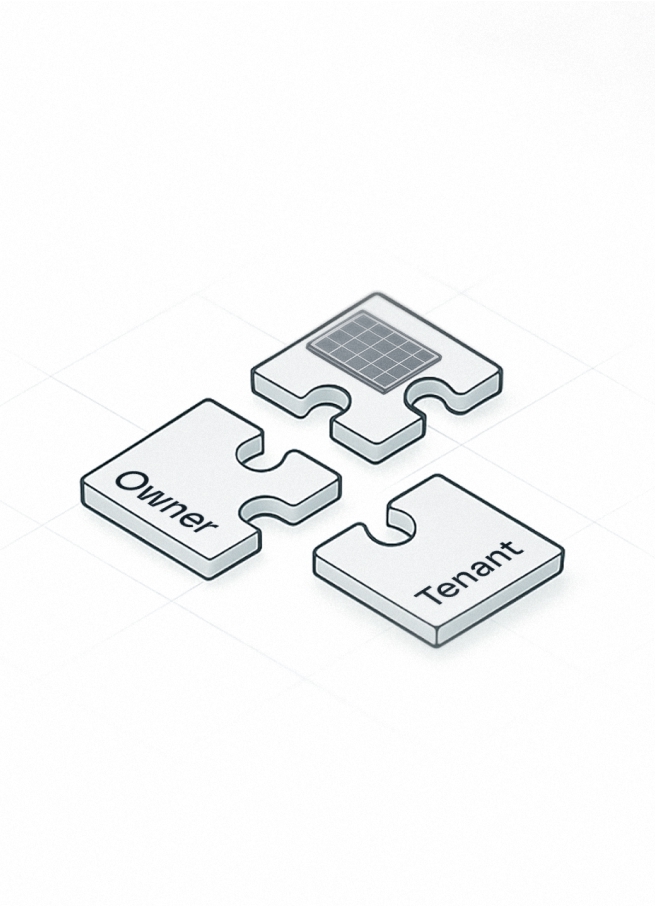California Solar Incentives: Your 2022 Guide to Tax Credits, Rebates, and More

If you’re considering solar power, an important part of your decision is to determine the tax credits, rebates, and net metering programs you may qualify for. Property owners in California benefit from abundant sunshine as well as California solar incentives that help offset the cost of solar panels. Tax credits allow you to claim a portion of your solar system cost to reduce your tax liability. Several utility companies and government programs offer rebates that further decrease your out-of-pocket expense to switch to clean energy.
Solar Incentives, Tax Credits, and Rebates in California
Ivy Energy has been in the solar industry since 2018 and is heavily involved in shaping and staying in the know on solar-related policies. So, allow us to be your guide to all of the California solar incentives as we break it all down below.
Federal Solar Investment Tax Credit (ITC)
You may see this solar incentive referenced as the California solar tax credit, but it’s actually the federal solar Investment Tax Credit (ITC). ITC enables you to claim 26% of your solar system cost (including installation) as a tax credit, whether you’re a homeowner or a business. If you don’t have enough tax liability, you can even roll the credit over to next year’s tax bill. This is an important part of the ITC solar incentive, as it guarantees you get to maximize your credit. However, you can only claim the Investment Tax Credit if you purchased your solar system with cash or a solar loan. This tax credit is only available for a limited time though, as the federal government currently plans to phase it out by 2024. From 2006 to 2019, the credit was 30%. It was dropped to 26% in 2020 and will be reduced to 22% in 2023. Unless other legislation is introduced, this tax credit will go away entirely in 2024. So, the sooner you install your solar system, the better.
Federal Solar Investment Tax Credit Quick Facts:
- For homeowners and businesses who purchase their solar panels outright
- Claim 26% of your total solar system cost as a tax credit
- Option to roll over the credit to future tax bills if you can’t use it all in one year
- In 2023, the credit drops to 22% and ends in 2024.
Self-Generation Incentive Program (SGIP)
It’s not required to install batteries with your solar system, but they can be a lifesaver providing stored solar power during grid power outages. The California Public Utilities Commission (CPUC) set aside $1 billion through 2024 to fund the Self-Generation Incentive Program (SGIP). SGIP offers eligible homeowners and businesses a rebate that covers around 85% to 100% of the total cost of an energy storage system installation. This is an incredibly valuable program, especially to support communities at higher risk of wildfires and low-income or medically vulnerable people. In fact, the program already exhausted most of its 2024 budget. Depending on your location, you may go on a waitlist until more funding is available for your area. When or if your application is approved and the program is funded, you may be eligible for $850 per kilowatt-hour (kWh) or $1,000 per kilowatt-hour of your clean energy storage system.
Self-Generation Incentive Program Quick Facts:
- For both residential and non-residential solar storage systems
- Broken down into two eligibility groups, “Equity” receives $850/kWh and “Equity Resiliency” receives $1,000/kWh
- Prioritizes homeowners and businesses at high fire risk or have experienced 2+ Public Safety Power Shut-off (PSPS) events
- Some areas are on a waitlist system, so check for eligibility based on your location.
Solar Energy System Property Tax Exclusion
As you may already know, solar panel systems add value to your home. This increase in property value would typically increase your property taxes. To help homeowners who install a solar panel system, California allows you to exclude that added property value from your tax payments. However, this is another solar incentive with an expiration date. The California tax exclusion was originally set to end in 2016, but it was extended until January 1, 2025.
Solar Energy System Property Tax Exclusion Quick Facts:
- Excludes the increased property value of your solar system from your property tax calculation
- This benefit ends January 1, 2025
Local Utility Company Rebates
In years past, many local city utilities offered rebates as an incentive to install solar panels. The majority of these programs have depleted their funding. San Francisco still offers a rebate through their GoSolarSF program, but their only remaining funding is for DAC-SASH eligible applicants.
Local Utility Company Rebates Quick Facts:
- Most local utilities have ended their rebate programs
- Some may still have funding for specific eligible homeowners, so check with your local utility to verify.
Net Metering Programs
One of the biggest California solar incentives is the net metering programs, also known as Net Energy Metering (NEM). There has been a lot of uncertainty around net metering recently as the CPUC will soon vote on the future of the program. Presently, California homeowners can sell their power surplus from solar generation to their utility company at near-retail prices for 20 years under the NEM 2.0 agreement. Basically, net metering means that your utility company will only bill you for the difference between the total electricity your home uses and the total electricity generated by your solar panels. For businesses and multifamily properties, California has a Virtual Net Metering (VNEM) program. This allows property owners to distribute solar and share the savings with their multifamily residents or commercial property tenants.
At some point in 2022, the CPUC will finalize NEM 3.0 which may change the rates that homeowners will receive for their solar power. To be eligible for NEM 2.0, you just have to be a customer of an investor-owned utility, such as PG&E, SDG&E, or SCE. California’s net metering programs are the best way to offset the cost of your solar power system.
Net Metering Programs Quick Facts:
- NEM 2.0 enables multifamily owners to sell their excess solar power to the utility company at a near-retail price
- Applies to customers of investor-owned utilities (PG&E, SDG&E, and SCE)
- Some municipalities and electric cooperatives offer net metering, so check with your utility company.
- Current fees to participate include a $75 to $145 one-time interconnection fee and a monthly surcharge
- You have to switch to a time-of-use (TOU) energy rate plan
How to Claim the Federal Solar Tax Credit
You claim the solar tax incentive as part of your annual federal tax return with the Internal Revenue Service (IRS). Your solar provider should supply the proper documentation and instructions upon your demand. We have listed the essential steps in claiming the credit here:
- First, download IRS Form 5695 as part of your tax return.
- Then, on Part I of the tax form, calculate the credit. You file your solar system as “qualified solar electric property costs.” Then, on line 1, enter your project’s total costs as written in your solar contract.
- Complete the calculations on lines 6a and 6b.
- On line 14, calculate any tax liability limitations using the IRS’s Residential Energy Efficient Property Credit Limit Worksheet.
- Finally, complete the calculations on lines 15 and 16. Be sure to enter the exact figure from line 15 on your Schedule 3 (Form 1040), line 5.
FAQs: California Solar Incentives
Is There a California State Tax Credit for Solar?
In short, no. If you’ve heard of a California state tax credit for solar, it’s actually a federal tax credit. Several solar businesses put out misleading info about CA Solar credits, there is no such thing. All homeowners and businesses in California are eligible for the credit, known as the Investment Tax Credit (ITC).
Are Solar Rebates Reducing in 2022?
As solar power is becoming more widely adopted, a lot of the funding for solar rebates has been utilized. There are still rebates for installing battery storage, for properties in disadvantaged communities, and some rebates from local utilities. When it comes to optimizing your return on solar investment, time is of the essence.
How Much is the Solar Tax Credit for 2022?
The solar tax credit, or ITC for short, is 26% in 2022. However, it is only available for a limited time. The federal government reduced the credit from 30% in 2020 and will further reduce it in 2023 to 22%. If you don’t take advantage of ITC by the end of 2023, it ends in 2024 for residential solar.
Reach Out to Our Team of Professionals
With the federal tax credit slowly phasing out, rebates exhausting their funding, and the future of net metering in question, the time for solar is now. California solar incentives help offset the cost of adding solar power to your property. To get the biggest return on your clean energy investment, it is important to explore all of the available options to see if you qualify. Reach out to our team today to learn what solar incentives your property qualifies for.





